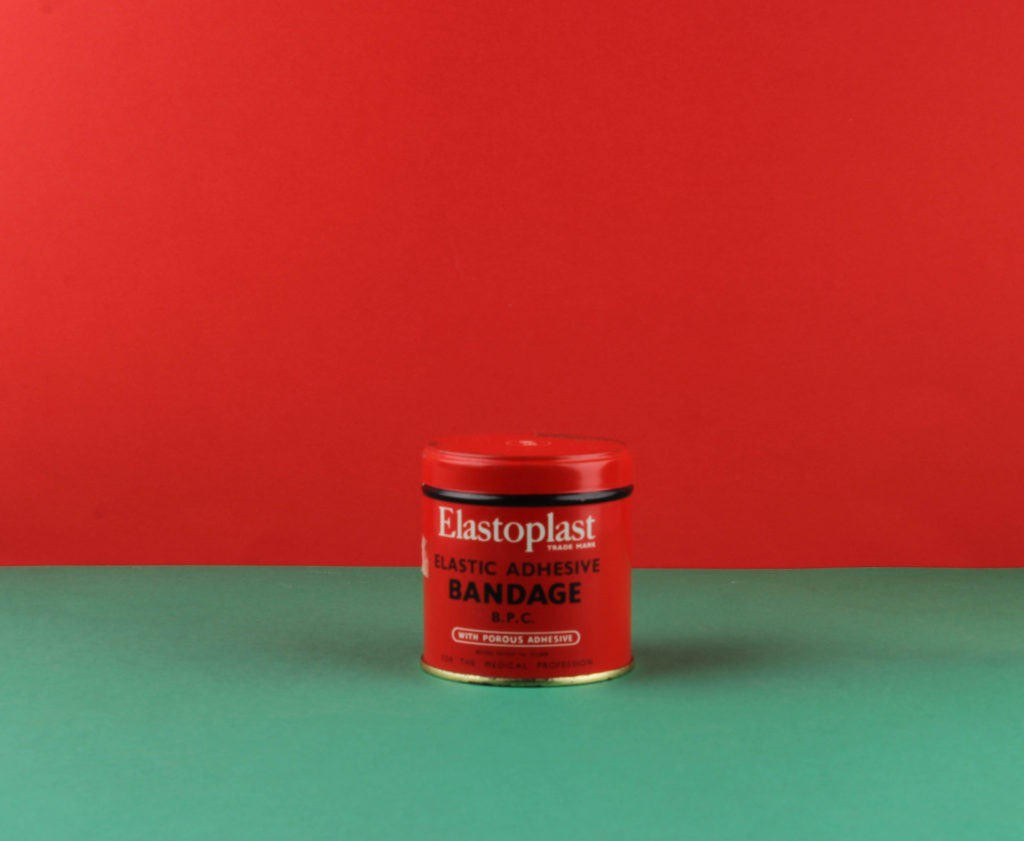
Green and red are complimenting and I wanted their to be as much red as possible to symbolize blood and death. The tin is red which is a metaphor for the how the bandage is going to eventually turn red due to covering up a bloody wound. I made sort the ration of red to green was bigger as the green is meant to look like it is being consumed by the red. The rate of death everyday kept increasing during the war, the green symbolizes life’s left and its gradually becoming less and less. The green also represents nature and how it was being destroyed by bombs, stomping, trenches and deserted rotting bodies.
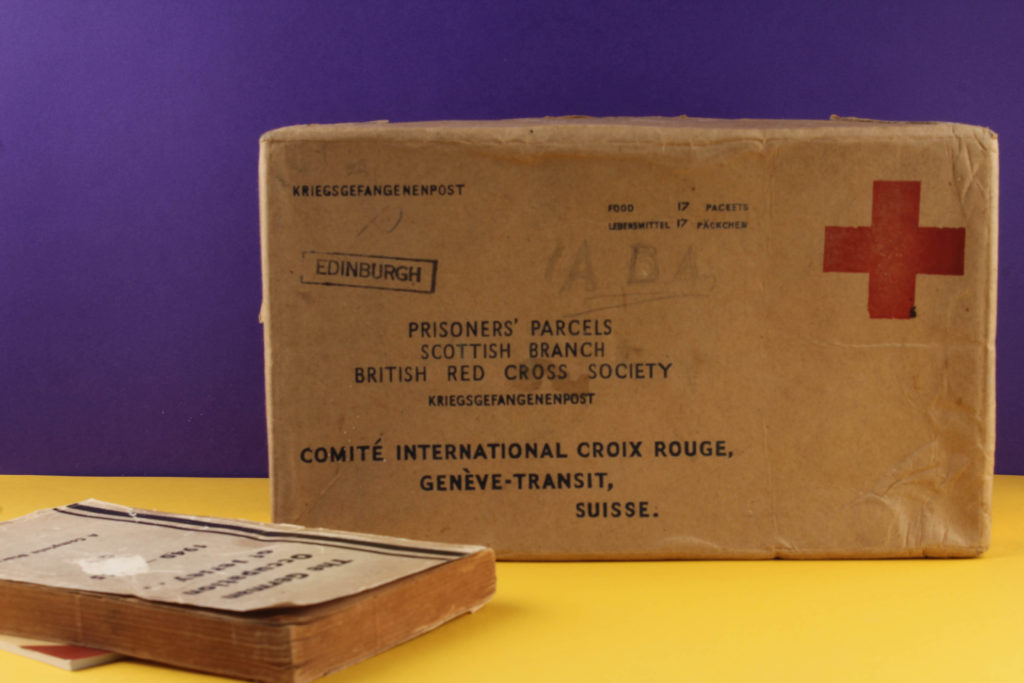
Purple and yellow card was used as my background colours as they are complimentary to each other. The bright colours create contrast between the beige box and book. On the contrary I purposely made the box to look at of place because I wanted it to be the focal point as a Red Cross Box held so much importance to those who received them. Although the outside is plain and uninteresting the contents were the opposite these boxes held the power of life or death for some people.
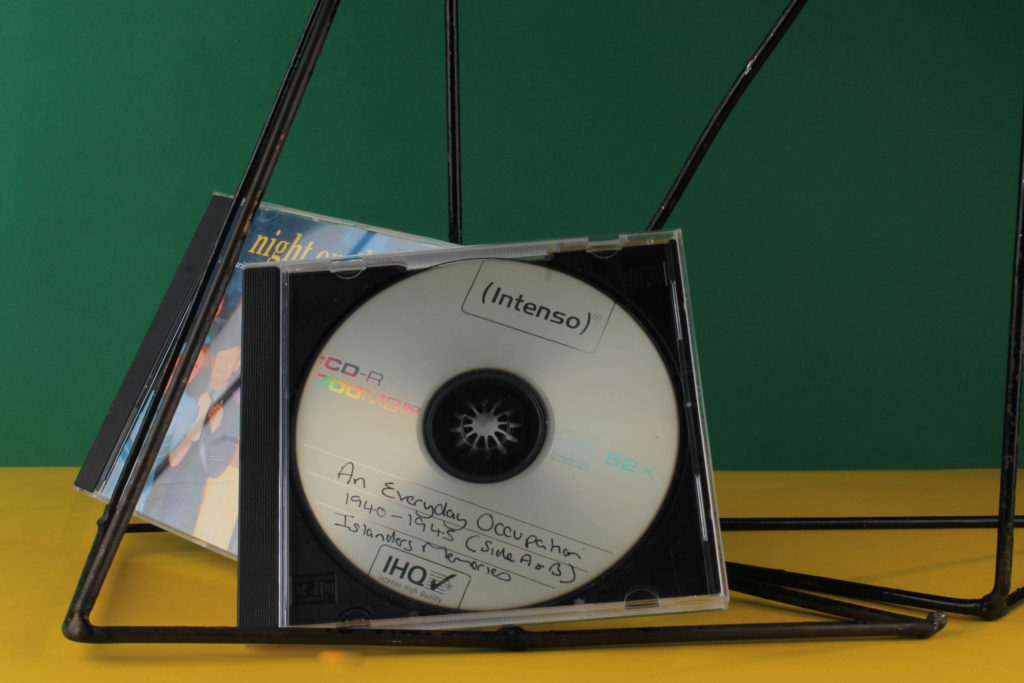
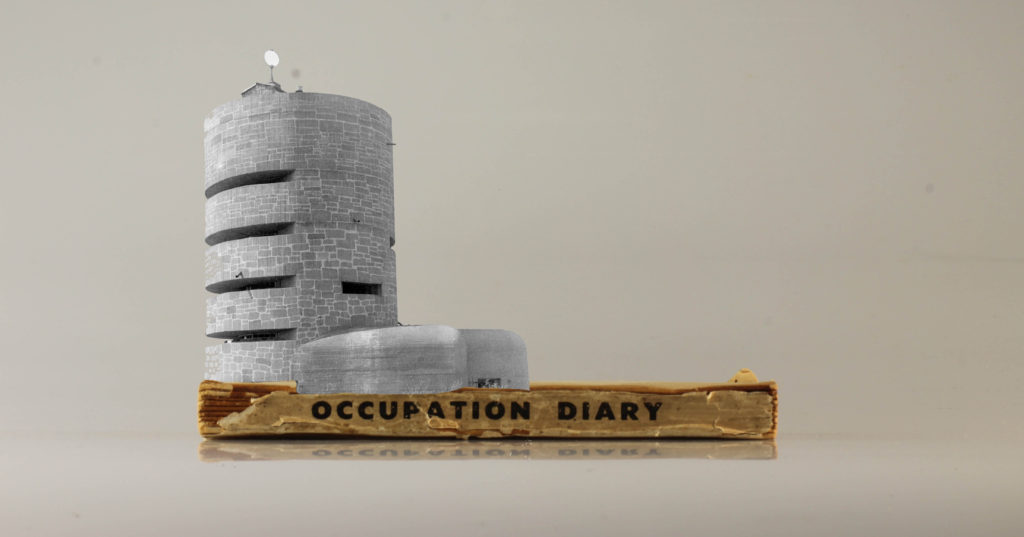
This image was originally from my first shoot, the occupation diary and the radio tower is from an archive image. I went through the process of trimming and cropping the radio tower out of its initial background and placing it on top of the diary to create this montage. The photo highlights the importance of documenting the past through the use of writing and photographing. The radio tower symbolizes the significance of historical documents and how they recreate the past and educate us. Without narrative from the time of the occupation we wouldn’t have a story behind Jersey’s bunkers.
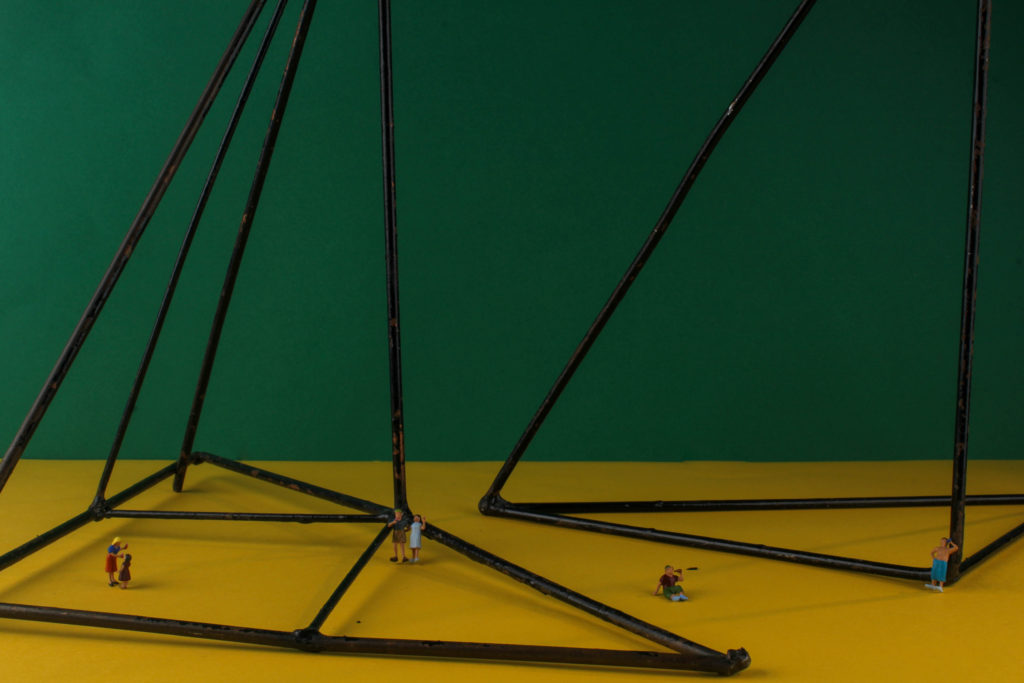
For this image I used miniature people, a green and yellow card background and triangular metal poles. Even though it doesn’t feature any literal occupation objects it has a historical concept. The miniature people symbolize the people of Jersey and the poles are the change made by the occupation for instance bunkers. This image displays how locals had to cope with such drastic changes to their daily life with curfews, their loved ones leaving and rationing. Although this disruption was going on, people had to get on with their lives and stay strong for their remaining families. From another perspective the poles represent mental trauma that was left with some many people after the war.
